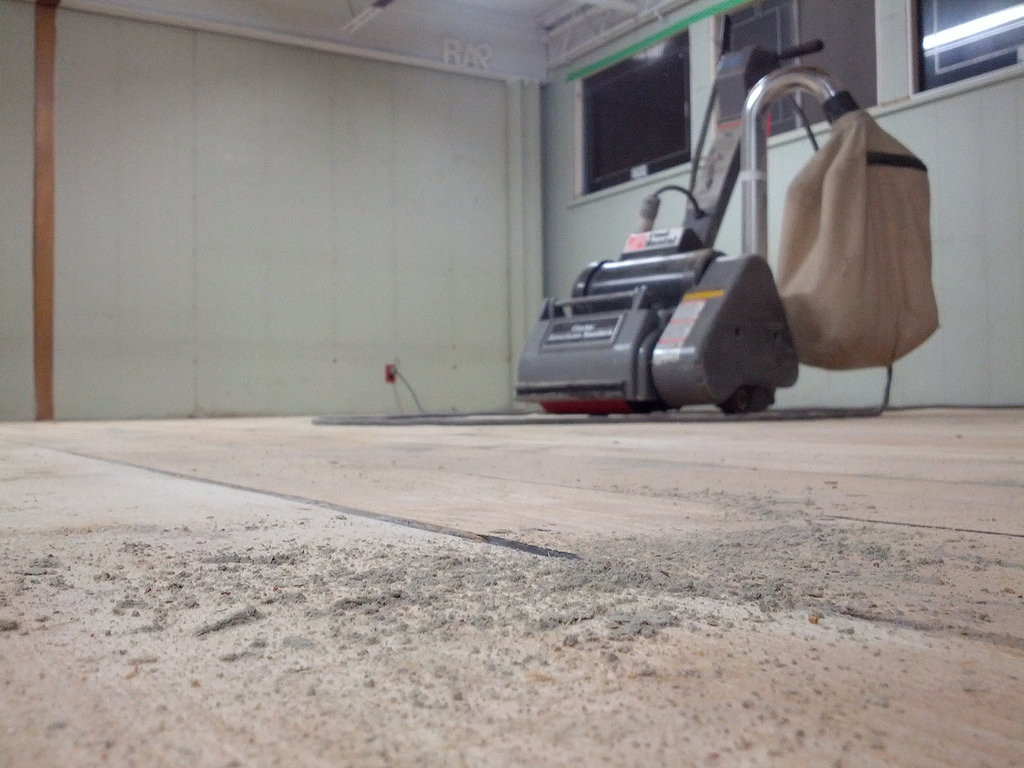Not today, but for years, the lighting design is underrated or considered the last option in the hospital interiors. The hospital owners consider the colors, patterns, and other small details but forget about the lights. According to them, no such planning is required to install the lights in the hospital. You just need lights and install them randomly. But, truly speaking, lighting design for hospitals requires a great strategy. If the lights are not good, you and your team will not be comfortable working and the patients will not love the environment. So, whenever you hire a hospital interior contractor, don’t forget to discuss the lighting designs.
As every corner of the hospital is important, you plan out properly. To help you with the same, we have listed the different areas of the hospitals and lights to install there.
Magic of Lightning a Lamp with its Spiritual Benefits
Entrance- The entrance of a hospital includes four zones and they are:
- The exact entry point
- The reception desk
- The waiting area
- The areas that lead people to other parts of the hospital
At the entrance, the lighting design should be functional and aesthetically pleasing. The lighting options are general lighting, suspended lighting above the counter, accent lighting, and mounted lighting.
Waiting areas or rooms– This is one of the critical areas for the patients’ family members. They wait to meet the doctor and know the condition of the patient. This area is full of tension. So, the lighting should be pleasant and relaxing.
Other than this, the waiting areas are the first impression of the hospital. Post-inquiry at the reception, people stay in the waiting areas to meet the doctor for consultation. So, the lighting should be welcoming as well.
Corridors– No matter how big or small the hospital, corridors are there to link the different areas or buildings of the hospital together. Also, the corridors play an important role in the safety of the patients and quick service.
In the corridors, you should consider natural lighting. To optimize the guidance, general lighting should be used. You should prefer diffuse homogenous lighting and avoid dark spots. Sharp contrast should be avoided in the corridors where trolleys are used,
Examination rooms– This is important for your patients and the team working for you. This is where the journey of the patients starts in the hospital. Sometimes, they have to spend hours in the examination room. So, the lights here should provide visual comfort and visual appeal.
In the examination rooms, indirect lighting and the ability to switch the level of lighting intensity is very critical. It’s good to install a combination of recessed indirect lighting and specific task lighting.
Patient rooms– When the patient is admitted, the recovery time is spent in the patient rooms. It means the atmosphere of the patient rooms should be comforting and relaxing. Patients should feel at peace when in the room.
How Outdoor Lighting Can Transform Your Yard?
In the patient rooms, dynamic white light with ceiling modules is preferred. This light provides daylight rhythm. Other than this, there should be system flexibility in the patient rooms so that individual control is possible. You should avoid glare and excessive brightness.
Operation theaters– This is the area that decides the life and death of the patients. If anything goes wrong, the life of the patient will be at risk. The visual requirement in the operation theater should be perfect.
The illumination level for lighting in the operating rooms should be very high so that surgeons can easily operate on the smallest part of the body. Other than this, there should be separate switching for each lighting fixture.
There are just basic details for lighting designs in different areas of the hospitals. Rest, the hospital interior contractor will decide based on the structure and other requirements of the hospital.




